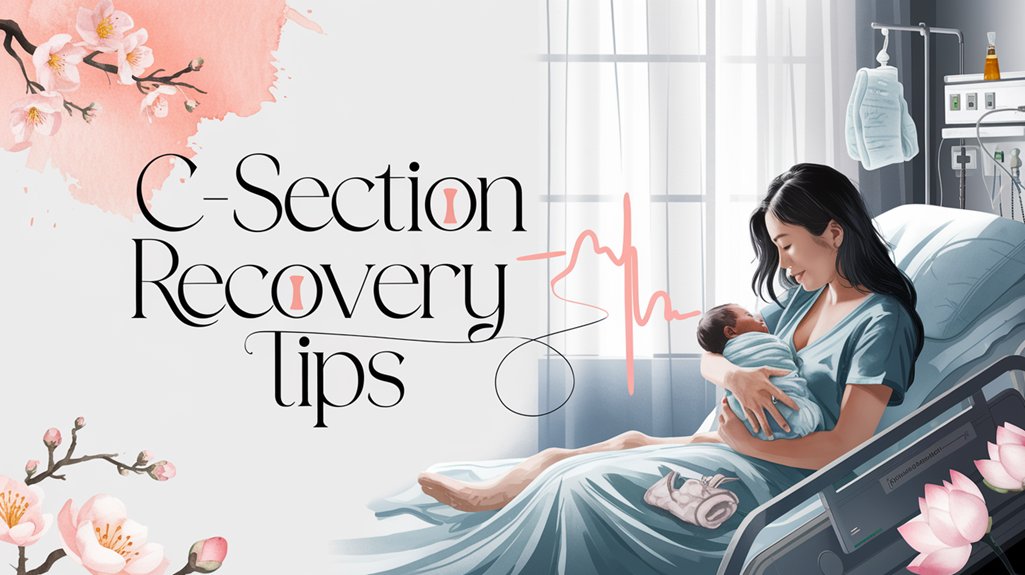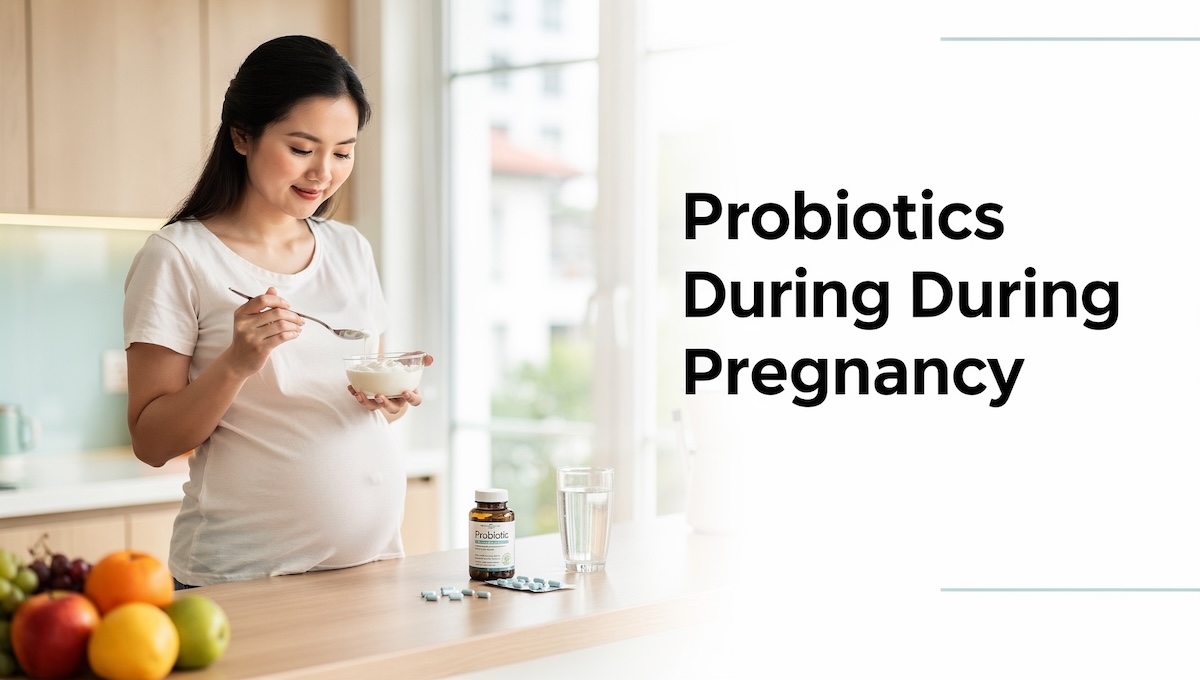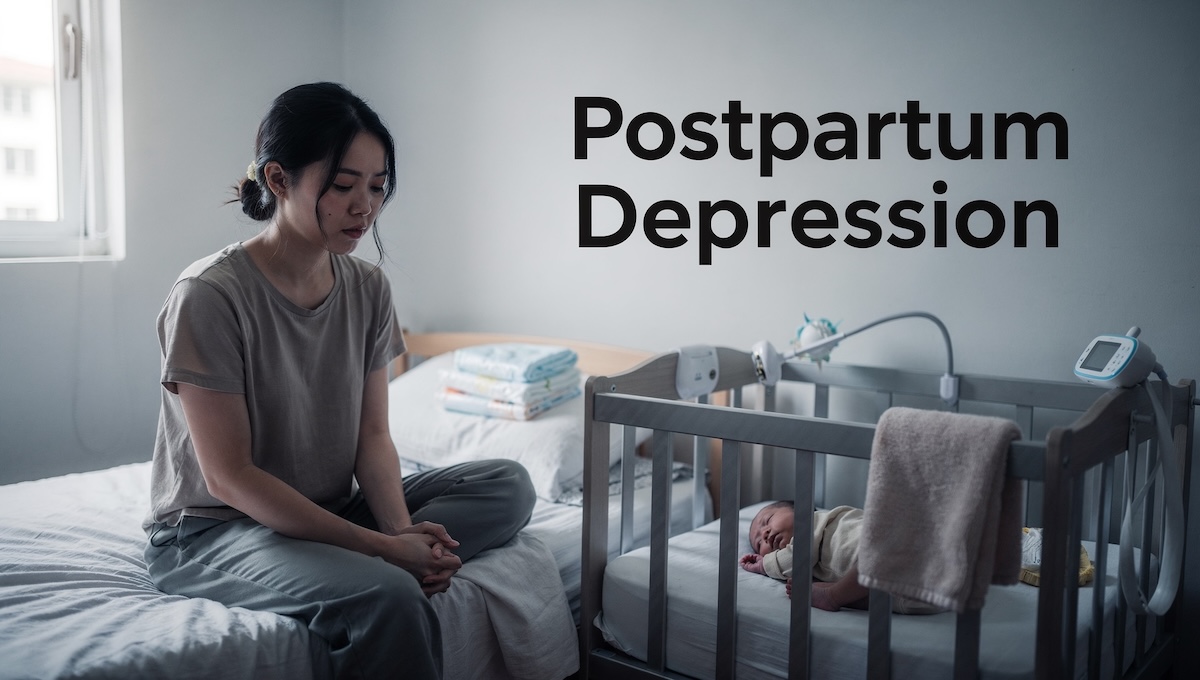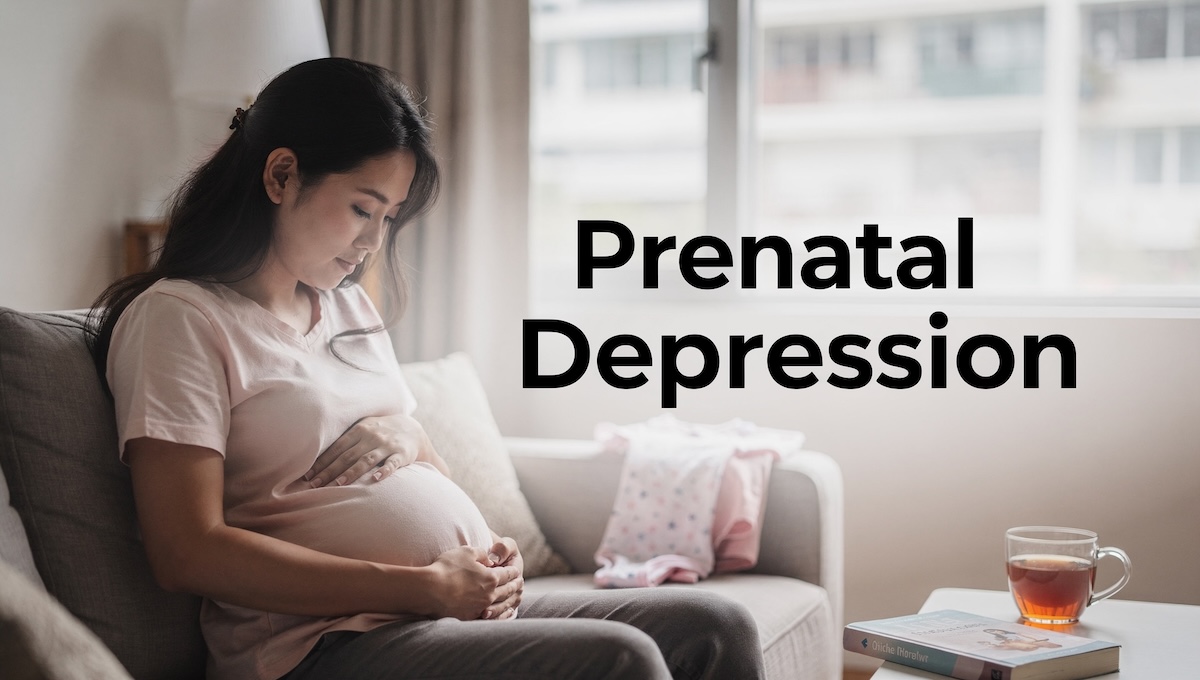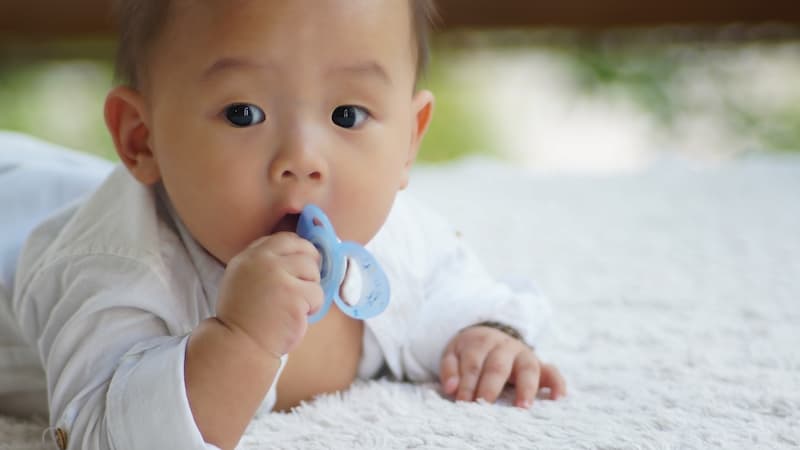Your C-section recovery will take 4-6 weeks, with abdominal pain being a common symptom during the recovery process, so focus on rest and gentle movement in the first few days. Keep your incision clean and dry, using mild soap and water daily. Take prescribed pain medication as needed, and don’t lift anything heavier than your baby. Stay hydrated, eat nutritious foods, and get help from family and friends. These initial steps will set the foundation for your full healing journey ahead.
Understanding Cesarean Delivery

What is a Cesarean Section?
A cesarean section, often referred to as a C-section, is a surgical procedure utilized to deliver a baby through incisions made in the mother’s abdomen and uterus.This method is typically chosen when a vaginal delivery is not possible or poses risks to the mother or baby. A C-section can be planned ahead of time, known as an elective C-section, or it can be performed as an emergency procedure if complications arise during labor. Understanding the reasons behind a cesarean section can help you prepare mentally and physically for the delivery process.
Factors that Increase the Likelihood of a C-Section
Several factors can increase the likelihood of needing a C-section. These include:
Previous Uterine Surgery or Scar: If you have had a previous cesarean section or other uterine surgeries, the scar tissue may make a vaginal delivery more complicated.
Multiple Pregnancy: Carrying twins, triplets, or more can increase the chances of a C-section due to the higher risk of complications.
Breech Presentation: When the baby is positioned feet-first or buttocks-first instead of head-first, a C-section may be necessary.
Placenta Previa: This condition occurs when the placenta covers the cervix, blocking the baby’s exit through the birth canal.
Fetal Distress: If the baby shows signs of distress, such as an abnormal heart rate, a C-section may be the safest option.
Other Medical Conditions: Conditions like high blood pressure, diabetes, or infections can also necessitate a C-section to ensure the safety of both mother and baby.
Knowing these details will help you and your care team make practical decisions about your delivery, so that you feel well-prepared and confident for this experience.
Preparing for a C-Section
Pre-Operative Preparations
Preparing for a C-section involves several important steps to ensure a safe and smooth delivery. Here are some key preparations to consider:
Discuss Anesthesia Options: Talk to your healthcare provider about the types of anesthesia available, such as spinal or epidural anesthesia, and decide which is best for you.
Medical Evaluations: You may need to undergo blood tests and other medical evaluations to ensure you are in good health for the surgery.
Pre-Surgery Instructions: Follow any specific instructions given by your healthcare provider, such as fasting before the surgery or taking certain medications.
Post-Delivery Care Arrangements: Arrange for someone to help care for you and your baby after the delivery, as you will need time to recover from the surgery.
Pain Relief Options: Discuss pain relief options with your healthcare provider to manage post-operative pain effectively. This may include medications and other pain relief methods.
By taking these steps, you can help ensure that your cesarean delivery goes as smoothly as possible and that you are well-prepared for the recovery period.
Understanding Your First 24 Hours Post-Cesarean Delivery
The first 24 hours after your C-section surgery are crucial. As the anaesthesia fades, you’ll regain feeling in your lower body. Medical staff will manage your pain with medications. Doctors may prescribe a pain reliever to help alleviate discomfort.
You’ll feel sore at the cut site and experience cramps. Nurses will help you move, use the toilet, and change positions to prevent blood clots.
Alert staff immediately if you notice:
Unusual bleeding
Signs of infection
Severe pain
Once stable, you can have skin-to-skin contact with your baby.
In Singapore’s public hospitals, ward nurses check on you regularly throughout this period.
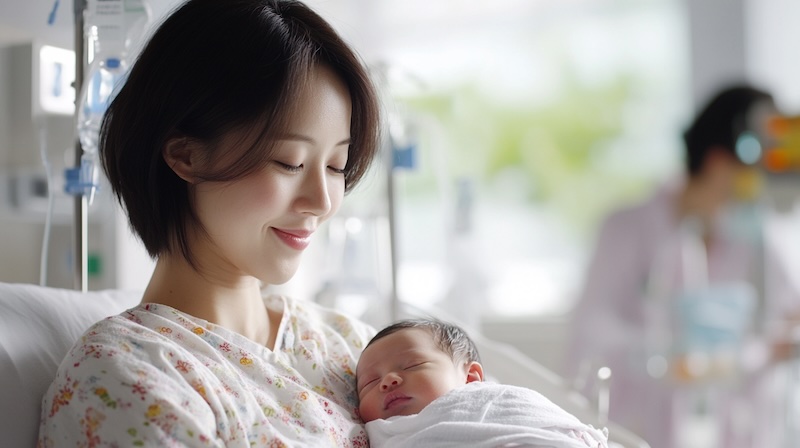
Essential Wound Care Guidelines
Clean your caesarean section wound daily with mild soap and water.
Pat dry gently – never scrub.
Wear loose clothing to let the wound breathe.
Watch for warning signs like redness, swelling, discharge, or odd smells.
For pain relief, take paracetamol or ibuprofen, which are safe during breastfeeding and available at any Singapore pharmacy.
Contact your doctor if you notice any concerning symptoms.
If something seems wrong with your caesarean section wound, don’t hesitate – reach out to your doctor immediately.
Follow your doctor’s specific instructions for staples or stitches care.
Pain Relief Management Strategies
Manage C-section pain effectively in the first two weeks with prescribed medications like ibuprofen or paracetamol. Pain management is crucial for recovery from cesarean sections.
Check with your Singapore healthcare provider about medication safety, especially while breastfeeding.
Key pain relief methods:
Heat packs (15-20 min)
Deep breathing exercises
Light stretching when comfortable
Alert your doctor at the hospital or polyclinic if the pain worsens unexpectedly.
Most painkillers are covered under MediSave or subsidized rates at public hospitals.
Movement and Rest Balance
Balance movement and rest during your C-section recovery. Compared to a vaginal birth, C-section recovery may require more time and careful management due to the surgical nature of the procedure.
Take short walks at home for circulation, but don’t overdo it. Rest whenever you can, especially when your baby sleeps.
Avoid heavy lifting and hard activities for 6-8 weeks post-surgery. Keep necessities close by – many HDB flats have compact layouts that make this easier.
Start with basic stretches and slowly increase activity as you heal. If unsure, check with your doctor at any polyclinic or hospital.
Signs of Normal Healing and Vaginal Discharge
Normal healing after a C-section includes gradually decreasing pain at the incision site for up to 6 months. In comparison, healing signs after vaginal births often include less abdominal pain but may involve perineal discomfort and swelling.
Initial redness and swelling are normal and will reduce over time.
Expect some itching and tightness around the incision during healing.
The scar will fade naturally.
Seek medical help at your nearest polyclinic or hospital if you notice:
Foul-smelling discharge
Excessive swelling
Fever
Public hospitals in Singapore typically charge between SGD 1,500 to SGD 3,500 for C-section follow-up care with MediSave coverage.
Red Flags and Warning Signs
Watch out for these warning signs during recovery: Uterine rupture is a significant concern in some cases, especially after a cesarean section.
Red Flags:
Heavy vaginal bleeding/large blood clots
Severe stomach pain not helped by medicine
Redness/discharge around the wound
Chest pain/breathing problems
Call 995 or head to A&E immediately if you experience any of these symptoms.
For less urgent concerns, contact your doctor or call 6HEALTH (6432584) for medical advice.
Early detection prevents complications.
Most public hospitals in Singapore have 24-hour A&E services.
Proper Sleeping Positions

After a C-section, sleep with your upper body raised on pillows to protect your wound.
The best position is lying on your side with a pillow between your legs to reduce pressure on your abdomen.
Avoid sleeping on your stomach for at least 6 weeks post-surgery.
Take advantage of your baby’s nap times to rest – this is a common practice among new mothers in Singapore, where family members often help with baby care during the confinement period.
Recommended Dietary Adjustments
Good nutrition helps C-section recovery. Drink 2.5-3L of water daily to avoid constipation.
Focus on:
Lean proteins (fish, tofu, chicken)
Local fruits (papaya, banana)
Brown rice and whole grains
Asian leafy greens (kailan, spinach)
Avoid:
Sweet drinks and desserts
Coffee and tea
Processed foods
Salty snacks
Prep meals ahead or use food delivery services in Singapore for proper nutrition during recovery.
Safe Exercise and Activity Levels

After a C-section, start with light walking when comfortable.
Light walking after a C-section helps initiate recovery, but only begin when you feel ready and comfortable to do so.
Avoid lifting anything over 4.5-7 kg for 6-8 weeks to protect your incision.
Do pelvic floor exercises early, but wait for your doctor’s approval before core exercises.
Stop any activity that causes pain.
Check with your doctor at Singapore’s polyclinics or restructured hospitals before starting any exercise routine to ensure it’s suitable for your recovery stage.
Emotional Well-being During Recovery

Emotional recovery after a C-section is equally important as physical healing. Historically, caesarean birth has been surrounded by various cultural beliefs and practices, reflecting on societal views about maternal survival and childbirth.
It’s normal to feel guilty, disappointed, or sad if your birth plan changed.
Talk to family members or join local support groups in Singapore, such as ParentLink or Mother & Child.
Share your concerns with your partner and medical team at your polyclinic or hospital.
Watch for postpartum depression signs like persistent sadness or anxiety.
Many Singapore hospitals offer counselling services, often covered by MediSave or insurance.
Seeking help is normal – contact KK Women’s and Children’s Hospital’s 24-hour helpline or your nearest Family Service Centre when needed.
Physical Support Tools and Equipment
Essential support tools aid C-section recovery in Singapore.
Basic items include supportive pillows to protect your incision during rest and nursing, and an abdominal binder ($25-45) for midsection stability.
A nursing pillow ($40-80) helps position your baby safely during feeds.
Grab a reaching tool ($15-20) to avoid bending, and consider a shower chair ($50-100) for safer bathing.
These items are readily available at local medical supply stores and major baby retailers.
Breastfeeding Comfort Techniques
Breastfeeding comfortably after a C-section is possible with proper positioning. Common positions include:
| Position | Benefits |
|---|---|
| Football Hold | Baby stays away from the wound |
| Side-Lying | Less strain on the stomach |
| Elevated Position | No bending needed |
| Cushioned Support | Better height control |
Use a nursing pillow to position the baby correctly. The football hold keeps the baby away from stitches, while side-lying lets you rest while feeding. Singapore hospitals have lactation consultants who can help you find the right position during recovery.
Personal Hygiene Best Practices
Keep your C-section wound clean and dry to prevent infection.
Clean the area gently daily and avoid soaking in baths or pools for 6 weeks.
Wear:
Loose cotton dresses
Front-button tops
High-waisted pants above the incision
After showering, pat the wound dry with a clean cloth.
If you notice increased redness, swelling, or discharge, visit your Singapore polyclinic or hospital immediately.
Building Your Support Network

Building a support network is key after a C-section. Ask your partner, family member, or confinement nanny to help with baby care and house chores.
Don’t try to do it all alone after a C-section. Having trusted people help with daily tasks makes recovery much smoother.
Join local support groups through Singapore hospitals or community centres to connect with other mums. Many Singapore mums also find support through Facebook groups and WhatsApp chat groups.
Get help with meals through food delivery services or ask friends to dabao (takeaway) food.
Accept help when offered – it lets you focus on recovery and your newborn.
Timeline for Daily Activities
Recovery after a C-section in Singapore takes 4-6 weeks.
Stay in hospital for 2-4 days, then continue recovery at home.
No driving for 1 month and no heavy activities for 8 weeks.
Basic activities for the first week:
Light walking at home
Hold baby while sitting/lying
Take stairs slowly with breaks
Book follow-up with your doctor at a polyclinic or hospital within 6-12 weeks post-surgery.
Recovery subsidies are available through MediSave and MediShield Life.
Medical Follow-up Schedule
After your C-section, you’ll need two main medical follow-ups:
First checkup within 3 weeks after delivery at your hospital
Final checkup at 12 weeks postpartum
Between these appointments, a nurse from your polyclinic will visit your home to check on you and your baby.
These follow-ups track your recovery and help spot any complications early.
Contact your doctor immediately if you notice unusual symptoms or have concerns about your physical or mental health.
Scar Care and Management
Proper care of your C-section scar is vital for recovery. The 10-20cm incision below your bikini line needs daily attention.
Basic care steps:
Wear loose clothing
Clean with mild soap and water daily
Pat dry thoroughly
Monitor for infection signs (discharge, redness, swelling)
Start scar massage only after your Singapore healthcare provider confirms full healing.
Most local polyclinics and hospitals provide post-care guidance if needed.
Safe Lifting Techniques
Lifting safely is crucial after a C-section to protect your healing wound. Keep your baby close when carrying them, and avoid twisting movements.
During recovery:
Do:
Hold baby against the chest
Bend knees when lifting
Support belly when coughing
Get help with heavy items
Don’t:
Lift items over 4.5 kg
Twist your body
Reach high up
Strain core muscles
Avoid lifting anything heavier than your baby for six weeks. Always lift with your legs, keeping your back straight.
Long-term Physical Considerations
Long-term effects of C-sections can last months after surgery.
Common issues include:
Incision discomfort (affects 60% of mothers)
Pelvic pain
Urinary incontinence
Weakened core muscles
Recovery tips:
Do approved core-strengthening exercises
Maintain good posture
Practice pelvic floor exercises
Schedule regular check-ups at your polyclinic or hospital.
Most restructured hospitals in Singapore offer post-natal physiotherapy services, typically covered by MediSave.
Planning Your Return to Regular Routines
Pace yourself when returning to daily activities after a C-section.
Take recovery at your own pace after a C-section – rushing back to normal activities won’t help your healing journey.
Start with light walks and basic movements, then gradually increase activity over 6 to 8 weeks.
Don’t lift heavy items for 6 weeks.
Get your doctor’s OK before driving, typically after 4 to 6 weeks.
Ask your family or your confinement nanny to help with house chores and baby care during recovery.
If any activity causes pain or discomfort, stop and rest.
Most Singapore hospitals offer post-natal support services – check with your healthcare provider for available options.
Conclusion
Recovering from a C-section takes patience and a solid plan.
Take small steps in your recovery journey. Rest whenever possible, keep your wound clean in our humid climate, and don’t lift anything heavier than your baby. Stay hydrated with at least 2 litres of water daily, especially during our hot weather.
Looking for more practical tips on recovery after C-section? Check out our guide on things to avoid after C-section.
